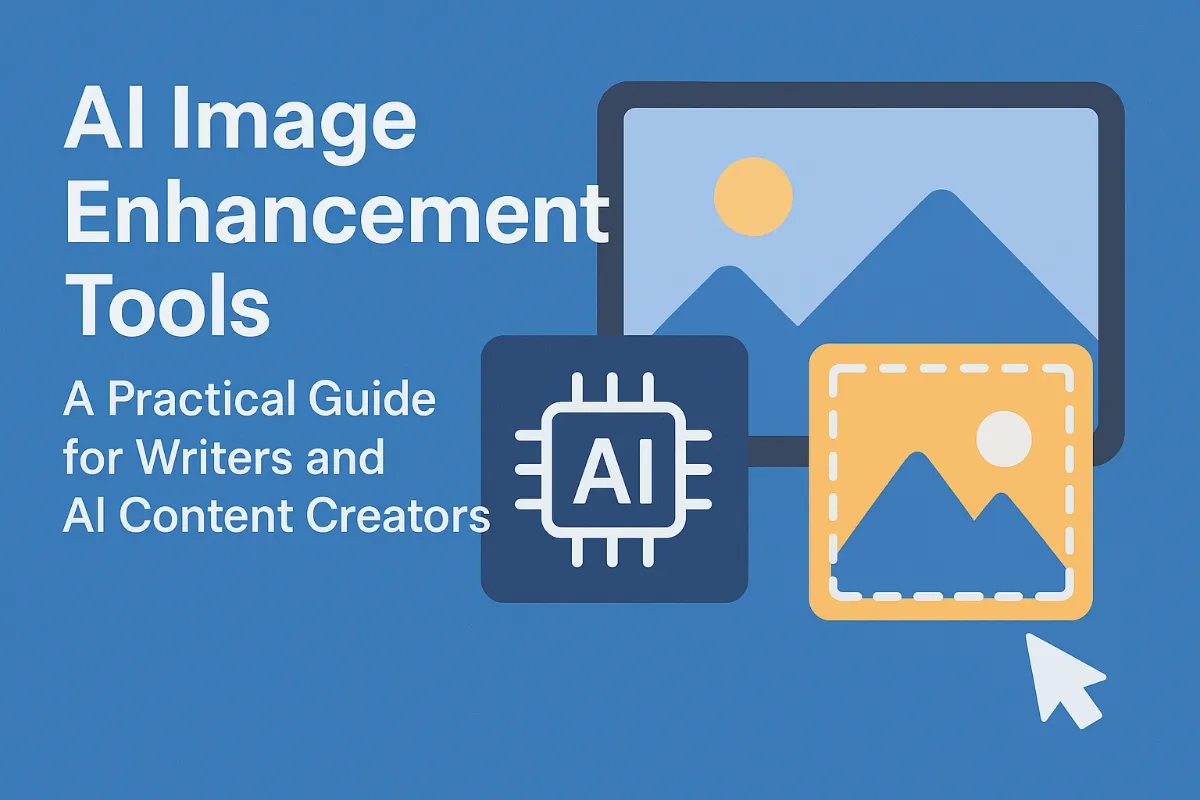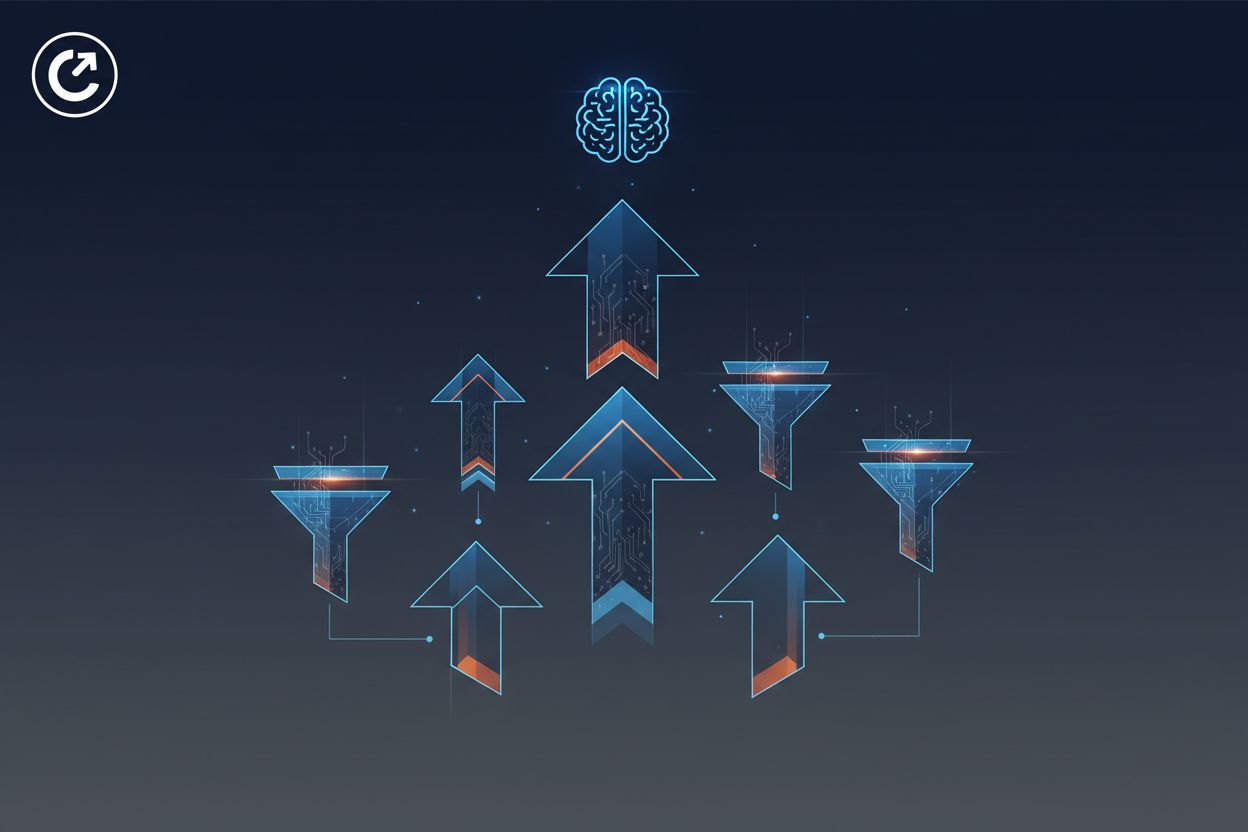Examples of Automated Artificial Intelligence Solutions

TL;DR
Understanding AI Automation: What It Is and Why It Matters
AI automation, huh? It's not just a buzzword anymore; it's actually changing how things gets done. A clear definition is that AI automation refers to the use of artificial intelligence technologies to perform tasks or processes that traditionally required human intervention, often with the goal of increasing efficiency, accuracy, and scalability. I think of it like giving a brain to your robots, or maybe giving some muscles to your ai, heh.
- Smarter tasks: AI can now do things that used to need a human touch. Like, understanding what a customer really wants, not just what they say. This involves AI analyzing sentiment, purchase history, and even subtle cues in communication to infer underlying needs and preferences. For example, an AI might identify that a customer repeatedly browsing hiking gear, despite not explicitly asking for it, is likely interested in a new backpack. Another example is an AI in a customer service chatbot that can detect frustration in a customer's tone and proactively offer a more empathetic response or escalate the issue to a human agent.
- Learning on the fly: This ain't your grandma's automation. It learns and gets better over time, so it's not just repeating the same steps over and over.
- Beyond robots: We're talkin' about things like understanding language (NLP), predicting what's gonna happen (predictive analytics), and all sorts of fancy stuff.
Take customer service, for example. Instead of just pre-programmed responses, AI-powered systems use NLP to understand what the customer's actually asking. As noted by AI Acquisition, this allows AI to offer a more comprehensive solution by interpreting the nuances of human language, identifying intent, and even recognizing sentiment.
So, where is all this headed? Well, expect AI automation to keep popping up everywhere, making things more efficient – and maybe a little less human, too. We'll dig into the benefits of this trend next.
AI Automation in Action: Real-World Examples Across Industries
Okay, so you're probably wondering if AI is actually doing anything useful out there, right? Well, let me tell you, it's not just a bunch of hype; it's showing up in some pretty cool ways across all sorts of industries.
Healthcare is getting a major boost - and it's about time, right? Think about those mountains of paperwork and the endless wait times to see a doctor. AI is helping to automate some of that administrative stuff, which means less time wasted on forms and more time for doctors to focus on patients.
- Faster diagnostics: AI is being used to detect diseases like cancer and heart problems earlier. Imagine the impact of catching those things sooner!
- Seamless workflows: Patient details and operation notes are being digitized. AI contributes to seamless workflows by automatically categorizing and storing these digitized notes, making them easily searchable and accessible. It can also flag critical information for quick review by medical professionals, streamlining communication and reducing the chance of errors.
Money stuff can be scary, but AI is stepping in to make things a little less so. The financial world is kinda drowning in regulations and fraud attempts, right? AI can help with that.
- Fraud detection: AI is constantly watching transactions for anything fishy. Think of it as a tireless security guard for your bank account.
- Loan processing: Evaluating loan applications can take forever. AI is helping to speed that up by analyzing credit scores and income levels.
- Compliance automation: Keeping up with all the rules and regulations is a headache. AI helps ensure that data is secure and that everyone's following the rules through automated auditing, real-time monitoring of transactions against regulatory frameworks, and flagging potential non-compliance for human review.
Manufacturing is another area where AI is making big waves. No one wants to see factories shut down due to broken machinery, right?
- Smart manufacturing: AI is automating things like managing compliance, purchase orders, and even keeping track of inventory. AI optimizes purchase orders by analyzing real-time demand, supply chain data, and production schedules, ensuring the right materials are ordered at the right time. It also automates inventory tracking with predictive capabilities, forecasting stock levels and alerting to potential shortages or overstock.
- Predictive maintenance: AI monitors machinery to prevent breakdowns. That means less downtime and fewer costly repairs.
- Resource allocation: AI helps to improve project completion rates by figuring out the best way to use resources and manage workflows.
Remember those days of one-size-fits-all education? Yeah, not the greatest.
- Adaptive learning: AI is helping to customize coursework to match how students learn best. It's about making learning more engaging and effective.
- Automated grading: Grading papers is a huge time-suck for teachers. AI is stepping in to help with that, providing immediate feedback to students.
- Streamlined admin: Reporting and expense claims? AI can handle that, freeing up educators to focus on their students.
No one likes generic marketing, right? AI is making it easier to connect with customers on a more personal level.
- AI Chatbots: AI chatbots are providing 24/7 customer support and offering personalized recommendations.
- Email Marketing: AI is analyzing email campaign performance and personalizing content to boost results.
- Ad targeting: AI is helping to improve ad placement and conversion rates.
The energy sector is often stuck with outdated systems, but AI is changing that.
- No-code automation: Replacing code-heavy workflows with no-code automation platforms to speed up updates and compliance. These code-heavy workflows might include complex data analysis pipelines for grid management, intricate system integration for sensor data, or manual configuration of process management tools. AI facilitates no-code alternatives by providing intuitive interfaces and intelligent engines that can interpret user intent and generate the necessary logic.
- Automated approvals: AI automates approval and record systems, saving time and boosting efficiency.
- Unified processes: AI solutions are unifying process changes and approvals in one place.
So, yeah, AI automation isn't just some fancy buzzword; it's actually making a difference across a bunch of different industries. It's streamlining processes, improving efficiency, and even making things a little more personal. Next up, we'll look at some of the benefits of using AI automation.
Benefits of Implementing Automated AI Solutions
Okay, so, you're probably wondering what's the deal with AI automation actually saving companies money, right? I was skeptical at first, too. But trust me, it's a real thing.
- Reduced Operational Costs: AI can take over those super repetitive tasks. Like, instead of humans manually entering data, AI can do it automatically, significantly reducing labor costs.
- Improved Accuracy and Reduced Errors: AI can spot mistakes that humans might miss, which means less money wasted on fixing those errors later. This is especially critical in fields like finance or healthcare where errors can have significant consequences.
- Optimized Resource Utilization: I'm talking using just the right amount of energy, and not wasting any materials. AI can analyze consumption patterns and predict needs, leading to more efficient use of resources.
Think about manufacturing, for instance. AI can monitor equipment to predict when it's gonna break down, so you can fix it before it causes major disruptions. This predictive maintenance leads to less downtime and fewer costly repairs, directly impacting the bottom line.
So, what's next? Well, let's talk about how AI can help you make better decisions with all that data its collecting...
Overcoming Challenges in AI Automation
Alright, so AI automation ain't all sunshine and rainbows; there's definitely some potholes to dodge. I mean, who hasn't dealt with a system that's more trouble than it's worth?
First up, data quality. Garbage in, garbage out, right? If your data's a mess, AI is gonna make more of a mess, faster. This is crucial because AI models learn from the data they're fed. Incomplete, inaccurate, biased, or inconsistent data can lead to flawed predictions, incorrect decisions, and ultimately, a system that doesn't perform as intended. For example, if customer data is missing addresses or contains incorrect purchase histories, AI-driven marketing campaigns will be misdirected and ineffective.
Then there's integration. Getting AI to play nice with your existing systems can be a real headache. You don't want your fancy new AI stuck in a silo, unable to talk to anything else.
Don't forget the human element. People get resistant and scared of change. Investing in training is key; show people how AI can help them, not replace them. Effective training should focus on upskilling employees to work alongside AI, reskilling them for new roles, implementing change management strategies to ease the transition, and maintaining clear communication about AI's purpose and benefits.
And, uh, let's not forget about ethics. AI can amplify biases if you aren't careful; you need to make sure things are fair and transparent.
See, it’s not just about the tech - it's about getting the data right and bringing people along for the ride. Now, let's look at some best practices for implementing AI automation.
Best Practices for Implementing AI Automation
Okay, so you're thinking about jumping into AI automation? Smart move. But don't just dive in headfirst, you know?
Start with a pilot project, seriously. Don't try to overhaul everything at once—that's a recipe for disaster, trust me.
- Target a specific, manageable process; like automating invoice processing, maybe? AI can extract data from invoices using technologies like Optical Character Recognition (OCR) and Natural Language Processing (NLP), which, if you ask me, is way better than doing it manually.
- Set clear, measurable goals; like reducing processing time by, say, 30%. That way, you will know if it's actually working.
- Gather feedback from the people who will actually be using the system. Their insights will be invaluable.
Think of it like testing the waters before diving into the deep end. See what works, what doesn't, and adjust accordingly. Next, we should probably talk more about managing the data side of things...
LogicBalls: Revolutionizing Content Creation with AI Automation
Content creation can be a real drag, right? What if AI could actually write your stuff for you? Well, LogicBalls is tryin' to do just that.
- LogicBalls is trying to use AI to automate a whole bunch of content stuff, from social media posts to blog articles. It's like a one-stop shop.
- They're claiming over 5000 tools to make writing easier and better. I mean, that's a lot of tools. Is it actually useful, though? These tools likely include AI writing assistants for generating text, SEO optimizers for improving content visibility, content idea generators for brainstorming, and perhaps even tools for summarizing or rephrasing existing content.
- The platform is sayin' that it helps you crank out high-quality content super fast, even if you are not a professional writer. Instead of just saying it's "sus," it's more helpful to consider the potential drawbacks: AI-generated content can sometimes be generic, lack human nuance, or even contain factual inaccuracies. Its success would depend on the sophistication of its AI, the quality of its training data, and the user's ability to guide and refine the output.
Think about a small business owner needing to post on social media every day. Or maybe a blogger who's staring at a blank page. LogicBalls is sayin' their AI can help. It would be kinda nice if it could, because content is king, or so they say. For instance, using AI for initial drafts can help overcome writer's block and significantly speed up the ideation and drafting process.
So, is this AI content automation the real deal? We'll dig into the future trends next.
The Future of AI Automation: Trends and Predictions
Okay, so what's next for AI? It's not gonna stay put, that's for sure. It's like watching a toddler – always growing, always getting into something new.
- IoT explosion: imagine AI woven right into everything around us. Like, your fridge ordering milk when you're low, or your office adjusting the temperature before you even feel cold. AI facilitates these actions by analyzing usage patterns to predict needs (like milk consumption) or processing sensor data (temperature, occupancy) to automatically adjust environmental settings for optimal comfort and efficiency.
- Talking AI: We're not just gonna be typing anymore; AI will start to feel more human in how it interacts. Think of AI that can actually understand what you mean, not just what you say. This deeper understanding is enabled by advanced Natural Language Understanding (NLU) capabilities, sentiment analysis, and contextual reasoning, allowing AI to grasp intent and nuance beyond literal words.
- AI for everyone: small businesses are gonna get in on this. AI tools will be so easy to use that anyone can start automating their tasks!
So, yeah, AI is gonna keep changin' things up. Next, we'll look at how this may impact business success.
Conclusion: Embracing AI Automation for Business Success
So, after all that talk about AI automation, what's the real takeaway? Is it actually worth all the hype? I think so, but it's not a magic bullet; it's more like a really useful tool that needs to be used right.
- Efficiency Boost: AI automation can seriously cut down on repetitive tasks. Think about all those hours spent manually entering data or sorting through emails. AI can handle that, freeing you up to do more, uh, creative work.
- Smarter Decisions: AI can analyze data way faster than any human, spotting trends and insights you might miss. This can help you make better decisions about marketing, product development, or even resource allocation.
- Ethical Implementation: It's important to remember that AI systems can accidentally reinforce existing biases if you're not careful. Make sure things are fair and transparent. As discussed in the challenges section, ensuring data quality is fundamental to ethical AI implementation, as biased or inaccurate data can lead to discriminatory outcomes.
Imagine a small marketing team using AI to personalize email campaigns. Instead of sending out generic messages, they use AI to analyze customer data and create tailored content for each subscriber, leading to higher engagement. Or, think about a content creator using AI, like the tools LogicBalls offers, to generate initial drafts of blog posts or social media updates, overcoming writer's block and accelerating the content creation process.
The future of AI automation looks pretty bright, but it's not without its challenges. As AI becomes more prevalent, it's crucial to invest in training and education to ensure that people have the skills they need to work alongside AI systems. This includes developing AI literacy, prompt engineering skills, and the ability to critically evaluate AI outputs. And, of course, we need to keep a close eye on the ethical implications of AI to ensure that it's used responsibly and for the benefit of all.







